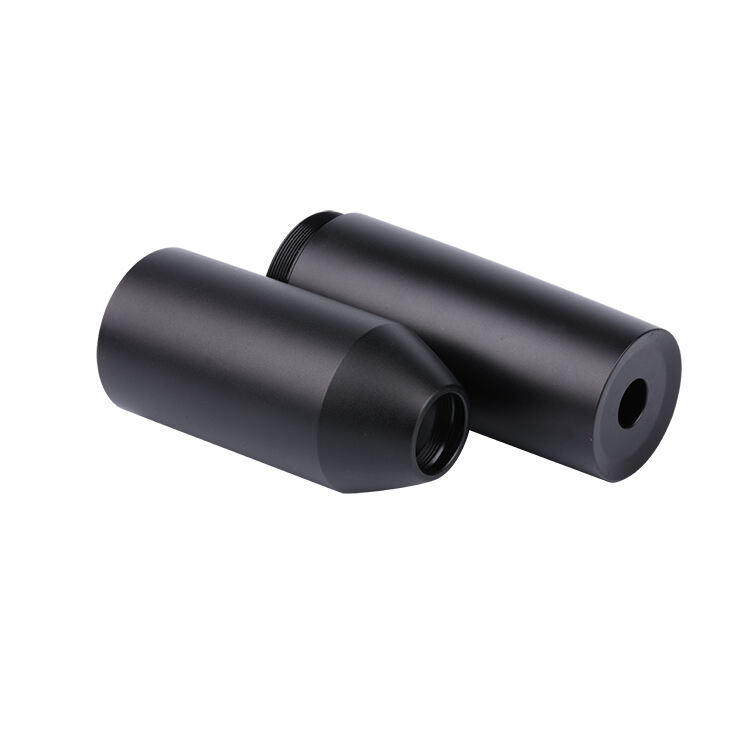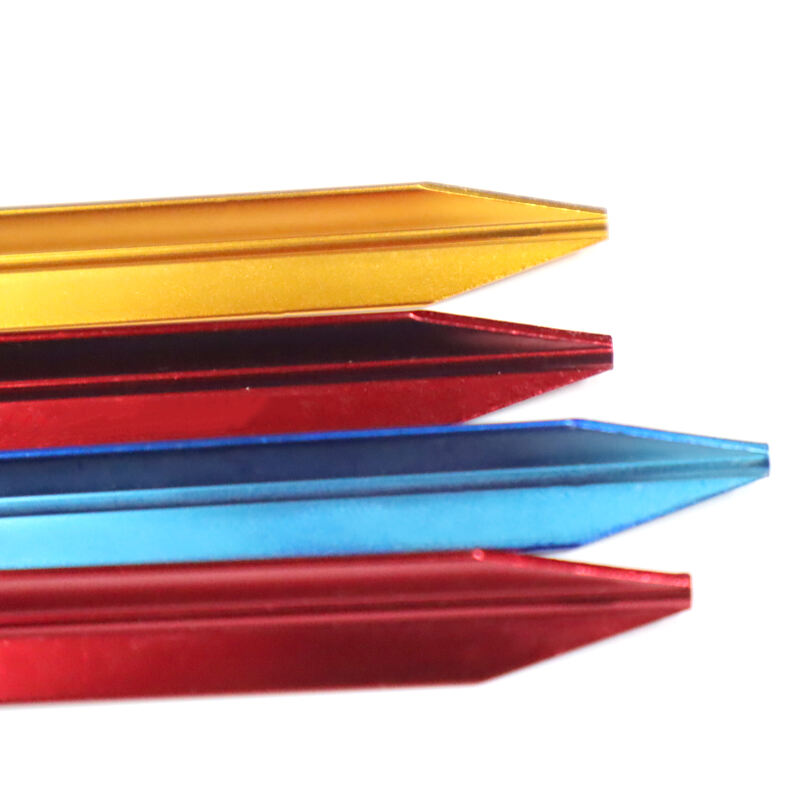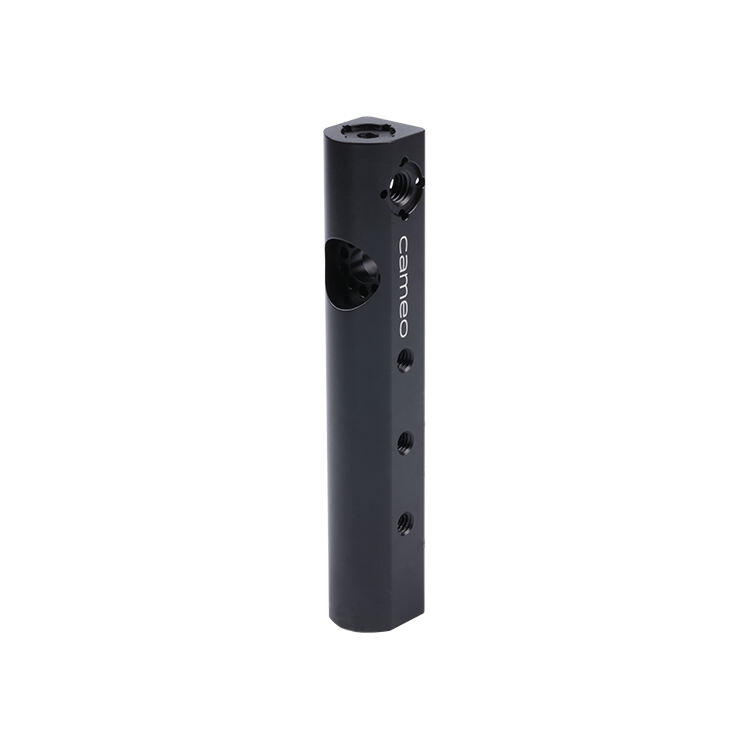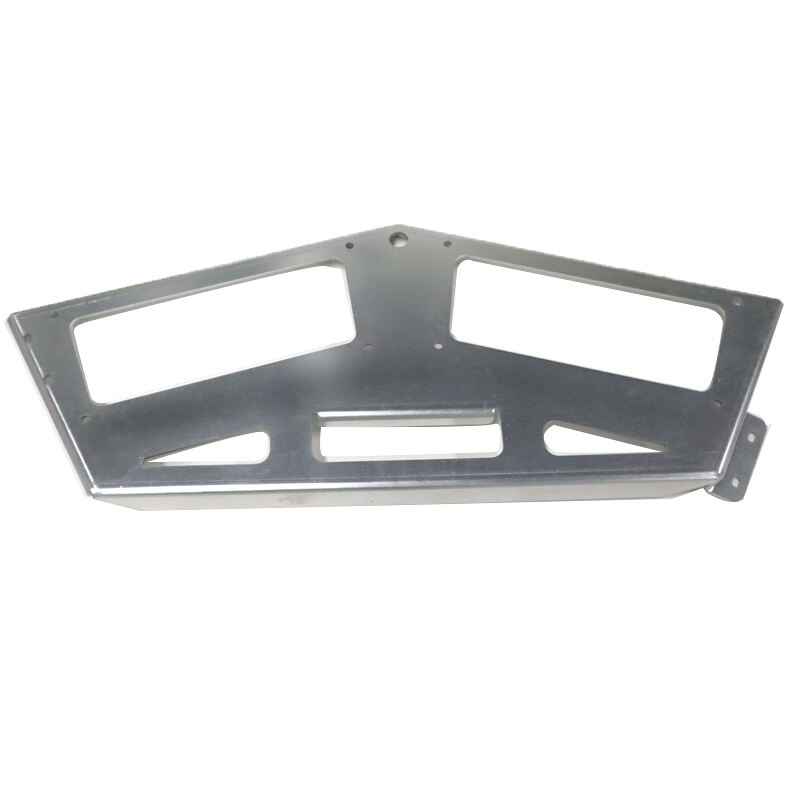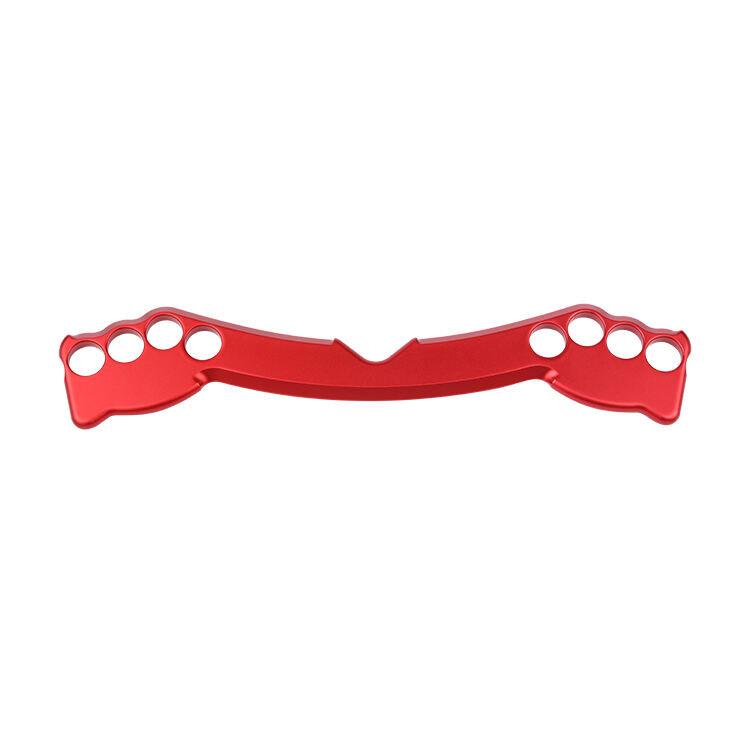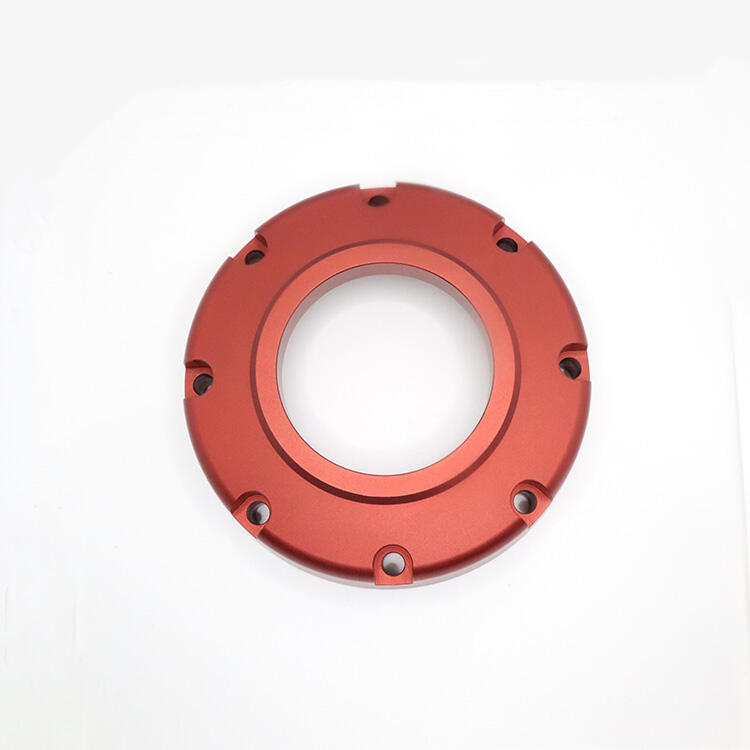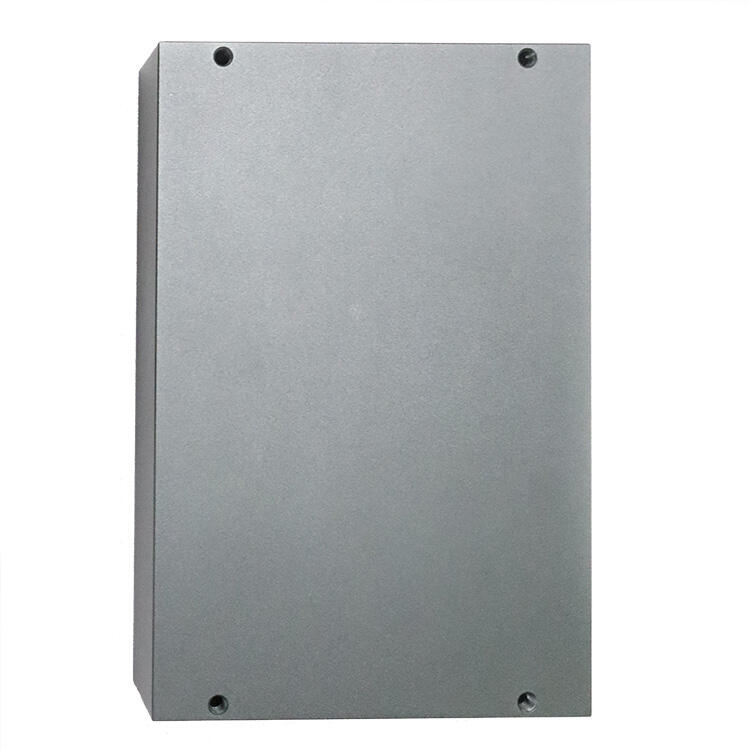Sheet Metal Fabrication: The Art and Science
Sheet metal fabrication is a process that is very important in the industrial sector because it involves transformation of flat pieces of metal into 3-dimensional structures and components. This complex art and science combines precise engineering principles with skilled craftsmanship to create products ranging from simple brackets and pipes to complex housings and automotive body panels.
Key Processes in Sheet Metal Fabrication:
Design and Drafting: The journey begins with fine designs, which are typically done on computer-aided design (CAD) software. These designs have therefore been translated into clean drawings that show dimensions, bends, cuts among other specific requirements for the final product.
Cutting: Cutting sheet metals into desired shape and size comes as next. Laser cutting, water jet cutting, plasma cutting or shearing machines can be used among others which have their own unique advantages when it comes to precision, speed and material compatibility.
Bending and Forming: After being cut, they are bent or formed so as to bring out the intended shape. The application of force by use of press brakes hydraulic presses or any other specialized equipment will bend the material along a given line or contour. Complex shapes may require multiple bends with precise control of angles and radii.
Punching & embossing: This machine offers punching holes slots or decorative patterns .These processes involve either pressing a die into a metal sheet leaving an impression(s)or removing some materials on them.
Welding & assembly: Welding becomes necessary whenever there is need to join parts together. MIG,TIG &spot welding are some of the commonly used processes. Finally after assembly, the welded parts go through some finishing touch ups if needed before full assembly.
Finishing :The last stage entails several surface treatments like painting ,powder coating ,galvanizing ,anodizing etc., aimed at protecting the metal against corrosion ,improving its appearance, or both.
Sheet Metal Processing Applications:
Automotive: In the automotive industry, sheet metal processing is used for body panels, chassis components, exhaust systems and fuel tanks.
Architecture: Sheet metal is used in architecture to design ductwork, roofing and cladding systems among others functional and beautiful structures.
Aerospace: It is ideal for sheet metal fabrication due to its precision requirements and strength thus it can be used in producing various parts such as fuselage structures, engine components and interior fittings
Electronics: Because of its durability that shields against electromagnetic interferences, electronic devices housings ,enclosures and brackets are often made through sheet metal fabrication.
Conclusion:
Sheet Metal Fabrication Is A Complex And Multi-Purpose Field Which Continues To Change With The Times In Order To Suit Many Different Industries. This technology brings flat sheets of metals to life resulting in functional items with an aesthetic touch. As such the art and science of sheet metal fabrication will always play a critical role in shaping global infrastructure & products as manufacturing becomes more advanced as well as sustainable.

 EN
EN
 AR
AR
 BG
BG
 HR
HR
 CS
CS
 DA
DA
 NL
NL
 FI
FI
 FR
FR
 DE
DE
 HI
HI
 IT
IT
 JA
JA
 KO
KO
 PL
PL
 PT
PT
 RU
RU
 ES
ES
 SV
SV
 TL
TL
 IW
IW
 ID
ID
 LT
LT
 UK
UK
 VI
VI
 HU
HU
 MT
MT
 TH
TH
 TR
TR
 MS
MS
 BN
BN
 LO
LO
 LA
LA
 MN
MN
 SO
SO
 MY
MY
 KK
KK
